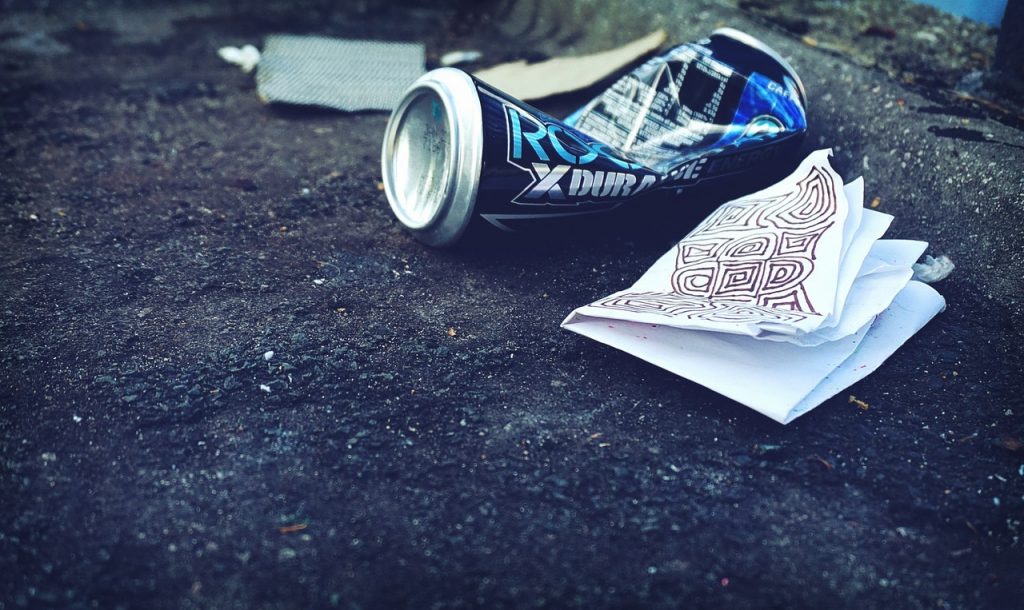Why you should consider a metal and electronics recycler

Electronic waste which is known as e-waste and e-scrap is the trash that we generate from broken and obsolete electrics. E-waste recycling is where the material is recovered from old devices and recycled to make new ones.
Technology is growing and items are becoming more outdated each year this means the e-waste amount is growing at a rapid rate. It was estimated that 422 million unwanted and some unused mobile phones were accumulating in homes at the end up 2015
A mobile phone is sold to one of every four people which is on an annual basis and every year the millions of electronics like computers, mobile phones, tablets and TVs are quickly ending their useful life.
What happens at the end of their useful life?
Most electronic products will simply end up in landfill with only a very small percentage coming back as electronic devices. It is only about 10 to 30 per cent of e-waste that is disposed of properly. E-waste is loaded with materials that are valuable like iron, tin, copper, fossil fuels, gold, silver and aluminium. The materials that are used in making the electronics can be reused and recycled including glass, metals and plastic.
Benefits of E-waste recycling
There are many economic and environmental benefits of recycling e-waste.
Recycling e-waste has various environmental and economic benefits. Did you know that 81 per cent of the energy that is associated with a computer is used during the production of the computer, not during the operation?
Electronics contain different hazardous and toxic chemicals and materials that get released into the world if we do not get rid of them the right way.
Recycling e-waste will enable us to get those valuable metals and certain other materials from the electronics so we can start saving natural resources, reduce pollution and conserve our landfill space for the future.

The electronics recycling process
Electronic recycling can be difficult because the devices are sophisticated and are manufactured with different proportions of plastic, metal and glass. The process will be different depending on what materials are getting reused and what technologies are employed in order to do this.
The collection and transportation
The collection and transportation are the two main stages of the recycling stage for e-waste. There are collection bins and take back booths in different locations where they care collected from and taken back to the recycling plant.
The sorting, shredding and separation
After the items have been collected the materials that are in the electronics will need to be processed and separated into such clean commodities that can make new products. Efficient separation of materials is the base of the recycling. An overhead magnet can separate the iron and steel from the waste on the conveyor. The steel will be prepared for sale as recycled steel and then another process will separate the circuit boards, copper and aluminium. The material stream is now mostly plastic. Water technology is then used to separate the plastics from the glass. Visual inspection is also carried out as it is a more improve the quality way of extracting the materials.
There will also be advanced separation processes carried out during the cycle. The final step is then to extract any remaining metals from the plastic to purify the stream more.
It makes sense to use a secure document or e-waste destruction facility where we can to avoid the extra pollution, blocking up our landfill for the future and why not reuse parts where we can.



